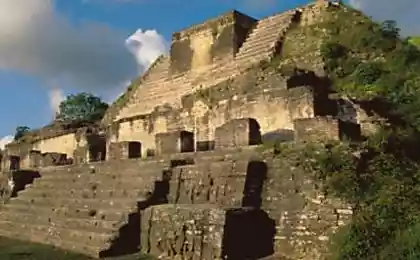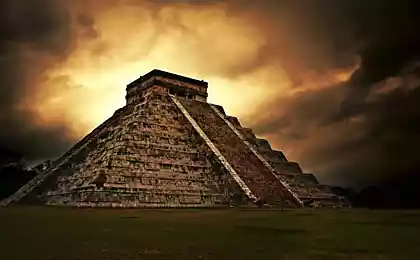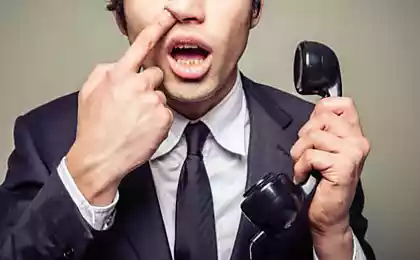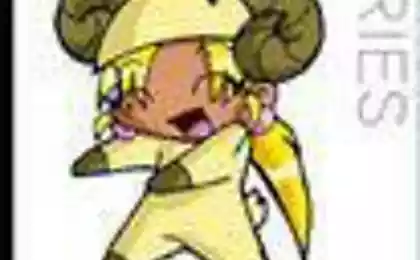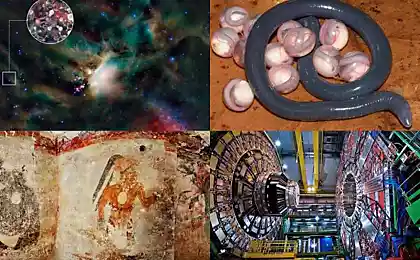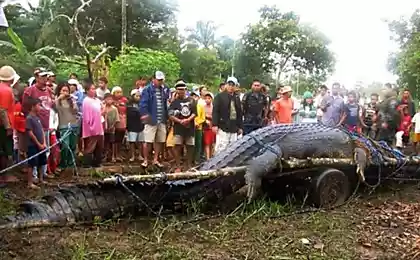828
Maya clicked on the nose modern hydro-
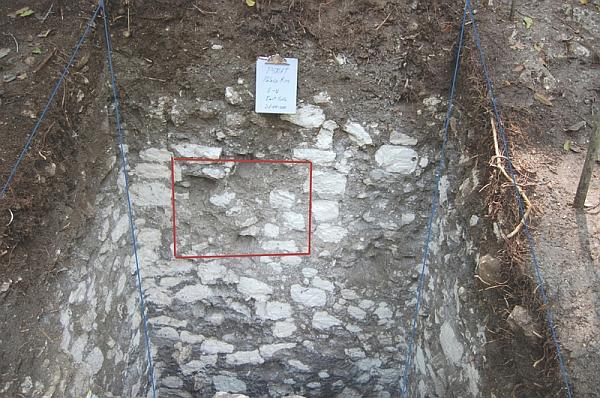
Archaeological excavations, analysis of sediment cores and geodetic étude reveal new engineering feats of the inhabitants of the Maya city of Tikal, located in northern Guatemala.
In particular, researchers from the University of Cincinnati (USA), and their colleagues have discovered one of the largest dams of the ancient Central America. Erected of hewn stone, rubble and earth, it stretches over 80 m in length and was about 10 meters in height, and in an artificial pond was stored about 75 million liters of water.
The study sheds new light on how the Maya were saving and use of natural resources to sustain a highly densely populated society for a thousand years, despite environmental issues, including periodic drought. (Incidentally, this is the first excavations at Tikal in forty years.)
According to experts, in the area 700 years in Tikal lived 60-80 thousand. People, but only the number of inhabitants of the country of the Maya lowlands reached five million. The demand for resources was great, and had a crucial collection and storage of water, as worn by seasonal rainfall and prolonged drought was common. Therefore, Maya (incidentally, never came out of the Stone Age) carefully integrated their infrastructure (large areas, roads, buildings, canals) in the collection, storage and distribution of water. In Tikal, they collected literally all the water that falls the rain, putting it in the reservoir. To do this, plastered area and courtyard were beveled so that water flowed into special tanks. Strictly speaking, the dam, built in the classical period (250-800 years), was designed to lock the water thus collected.
The dam, called by archaeologists palace, excavated since 2010. This large hydraulic structures of the Maya. If you take Mesoamerica as a whole, it is only surpassed huge Purron dam, built by the Aztecs in the Valley of Tehuacan in the territory of modern Mexico is somewhere between 250 and 400 years.
It should be noted that the researchers made another discovery: to clean water flowing into reservoirs of catchment and canals, the Maya created a special "sandbox". These "filters" consisted of quartz sand deposits which, by the way, did not exist in the area of Tikal. Maya had sent him at least 30 km from the city. Its production and transportation were very time consuming task, but survival was worth it.
Finally, the Maya were not only good engineers, but also great organizers: it had to figure out how to distribute the collected and purified water to have enough for the whole dry season. Judging by the fact that at Tikal for a long time could live a relatively large number of people (and the city gradually grew up), they have turned out well.
Alas, at the beginning of the IX century drought has become unbearable, and water in the right quantity is not able to stock up. Most likely, it was the main reason why the city was abandoned.
Scientists emphasize that we could learn from the inhabitants of Tikal, since the problem of access to fresh water today is very acute, and later, with the growth of the world population, will become even more serious. Maya, we repeat, trying to collect all the water to drop and planned the whole city in a way to solve this priority. Are we, with our technology, we can not do something like that?
The results will be published in the journal Proceedings of the National Academy of Sciences.
